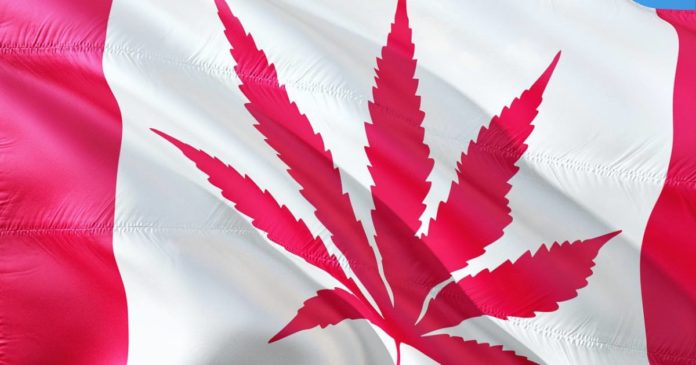Health Canada recently released results of its 2020 survey on cannabis use across the nation that indicate medical use remains steady in the country.
Carried out with 10,822 people aged 16 years or older, the survey’s results show fourteen percent indicated they used cannabis for medical purposes during the previous 12 months – a figure unchanged from last year. 74% of this group reported using cannabis in the past 30 days for medical purposes, again unchanged from 2019.
57% of medical users who completed the related survey section requesting more information reported cannabis helped decrease their use of other medications. As for frequency of use, the most common timeframe reported was daily, at 35%.
The main forms of cannabis used:
- dried flower/leaf (54% – 60% in 2019)
- cannabis oil for oral use (48% – unchanged)
- edibles (33% – also unchanged).
The incidence of use of vaping devices was interesting – 14% compared to 17% in 2019, so a significant drop. This may have been a flow-on effect from a spate of lung injuries in 2019 connected to vaping products containing THC. However, it doesn’t appear THC or anything cannabis related was the problem. The injuries were thought to have been the result of vitamin E acetate being added to some products. Incidents were on the decline by the end of last year and few appear to have been reported since.
As for THC and CBD dominance characteristics in cannabis consumed generally for medicinal purposes, 26% indicated they were using higher CBD and lower THC products, 21% higher THC and lower CBD, and 12% indicated equal levels of the two cannabinoids. 15% indicated using CBD only products, and 14% said they used a mix of different products.
How Canadian medical cannabis users were sourcing products changed significantly in 2020 in several areas.
- legal storefront (44% – 27% in 2019)
- a legal online source (23% – unchanged)
- a Health Canada licensed producer (22% – unchanged)
- a friend (17% – 21% in 2019)
- growing their own or having someone else grow it for them (16% – 9% in 2019).
Health Canada notes some of the changes in sourcing behaviour could have been related to the pandemic (less contact with people outside of the household), but that being the case it was interesting legal online sourcing didn’t change.
The full Canadian Cannabis Survey 2020 summary report, which contains all sorts of fascinating insights into medical and recreational use, can be viewed here.


